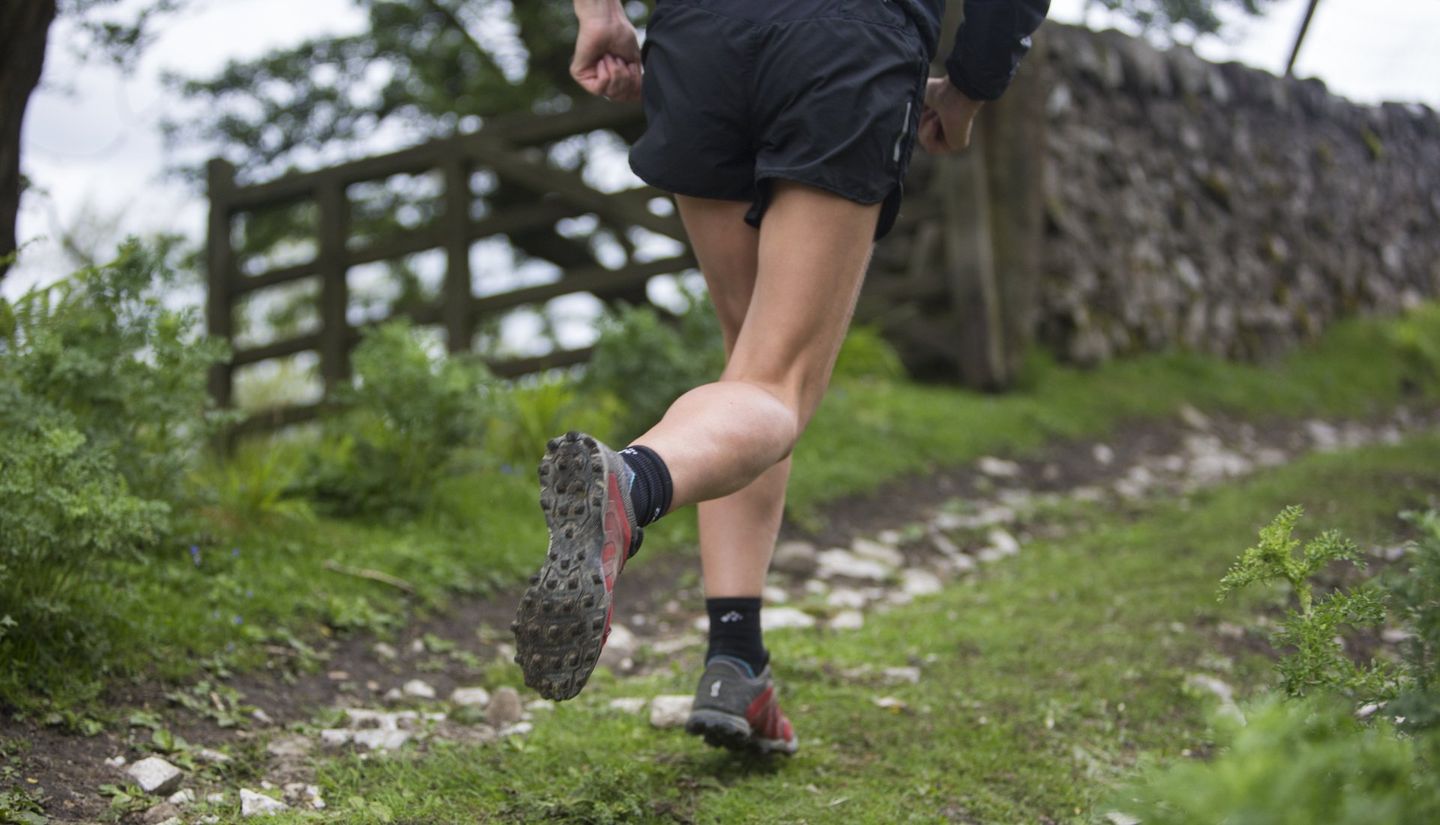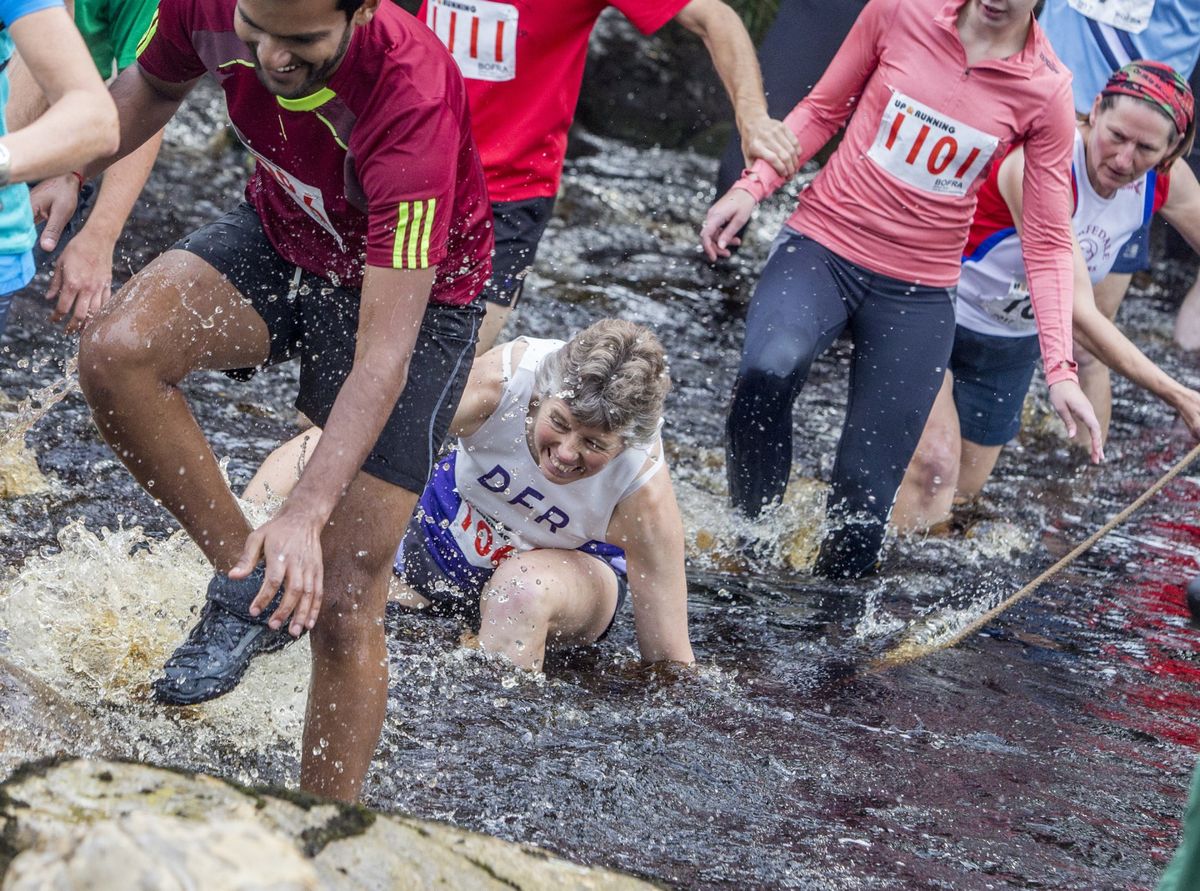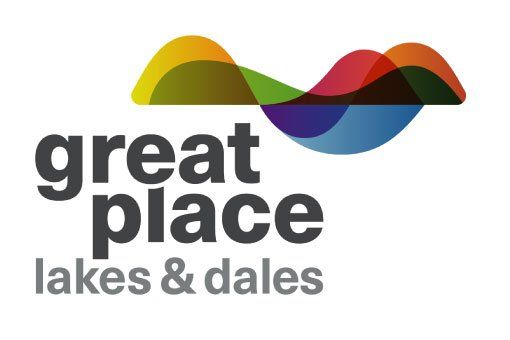
TRAINING safely
In actual fell races you will get chance to access routes and terrain usually off limits to the public, but whilst you are training it is vital to stick to defined tracks, paths and bridle ways. If in doubt about a route then run with someone who already knows it – and – wherever you do run make sure you stick to the YDNPA’s Countryside Code.
There are route suggestions in
Training Routes
and you will find further ideas through running clubs and via the
FRA Training Forum.
Being able to read maps and take compass bearings is a great way of accessing new training routes, and also broadening your racing options. The Navigation
section provides further information about this.



